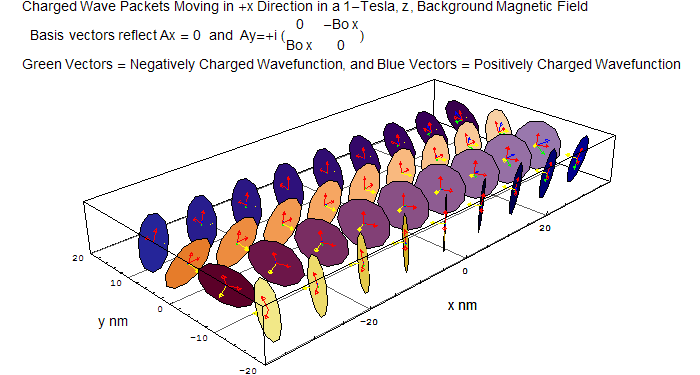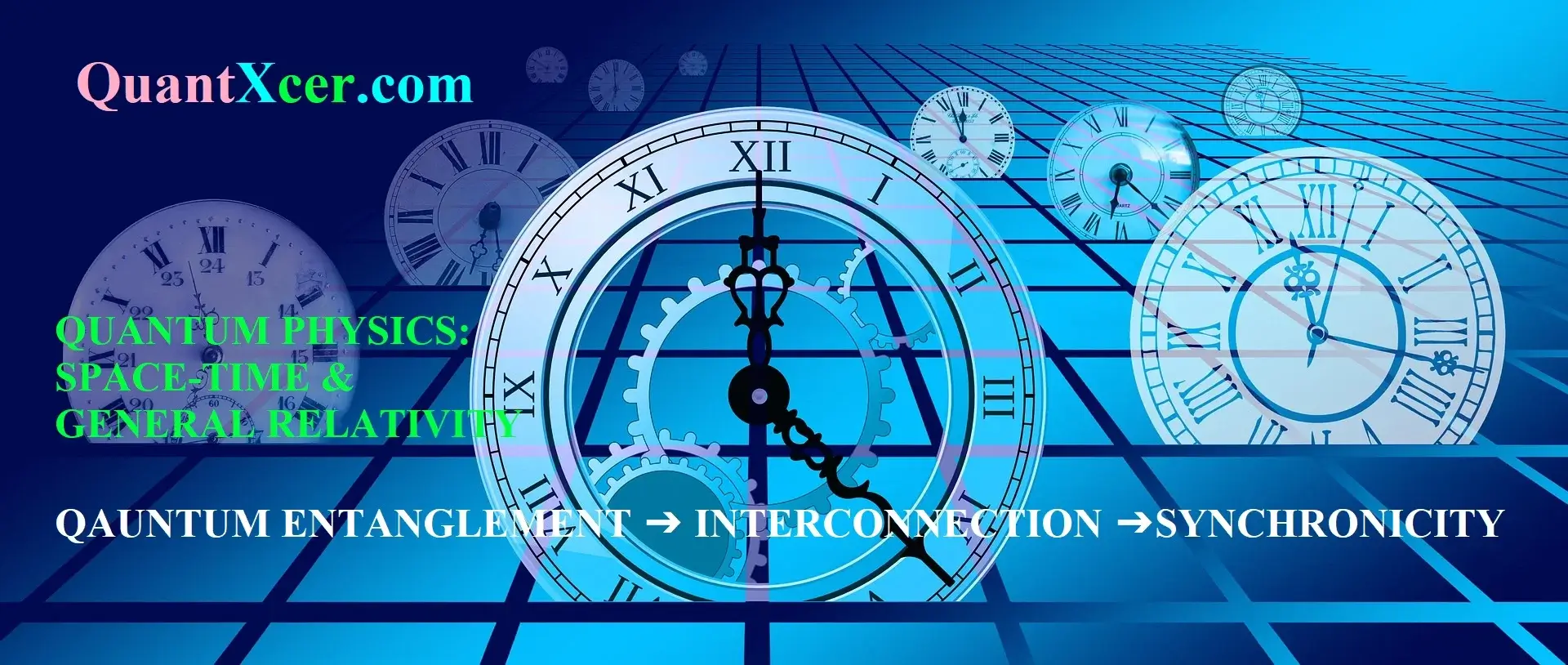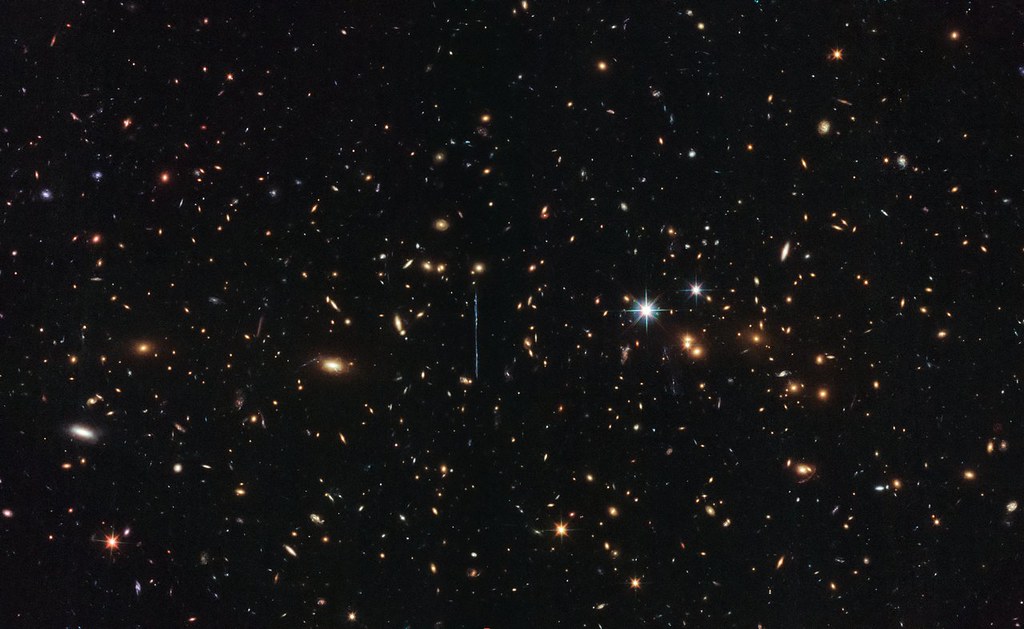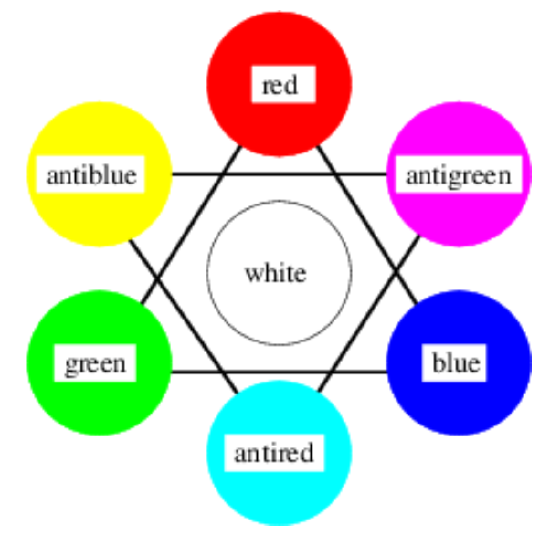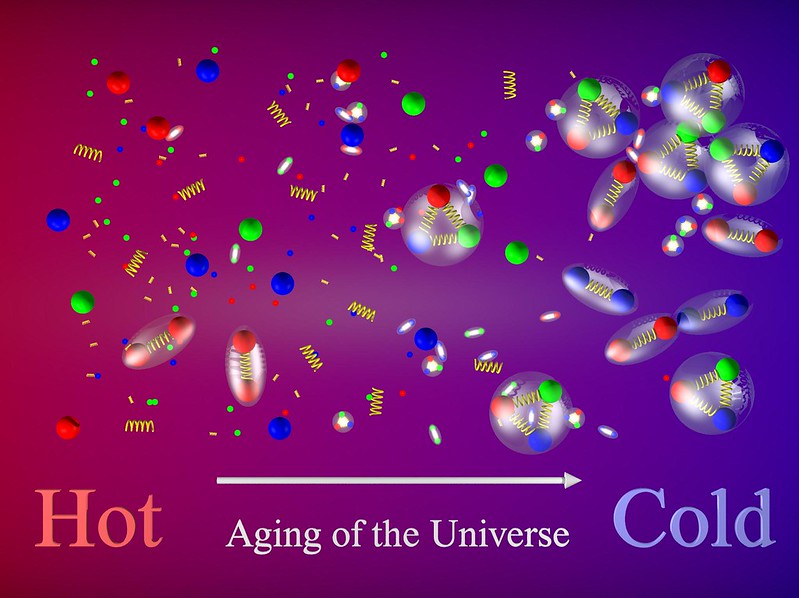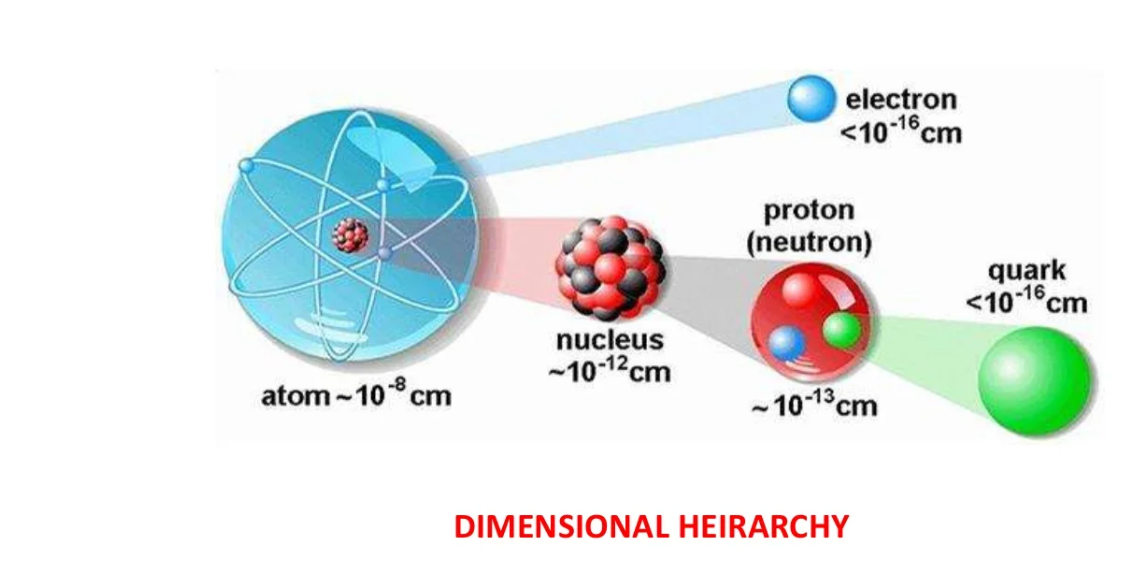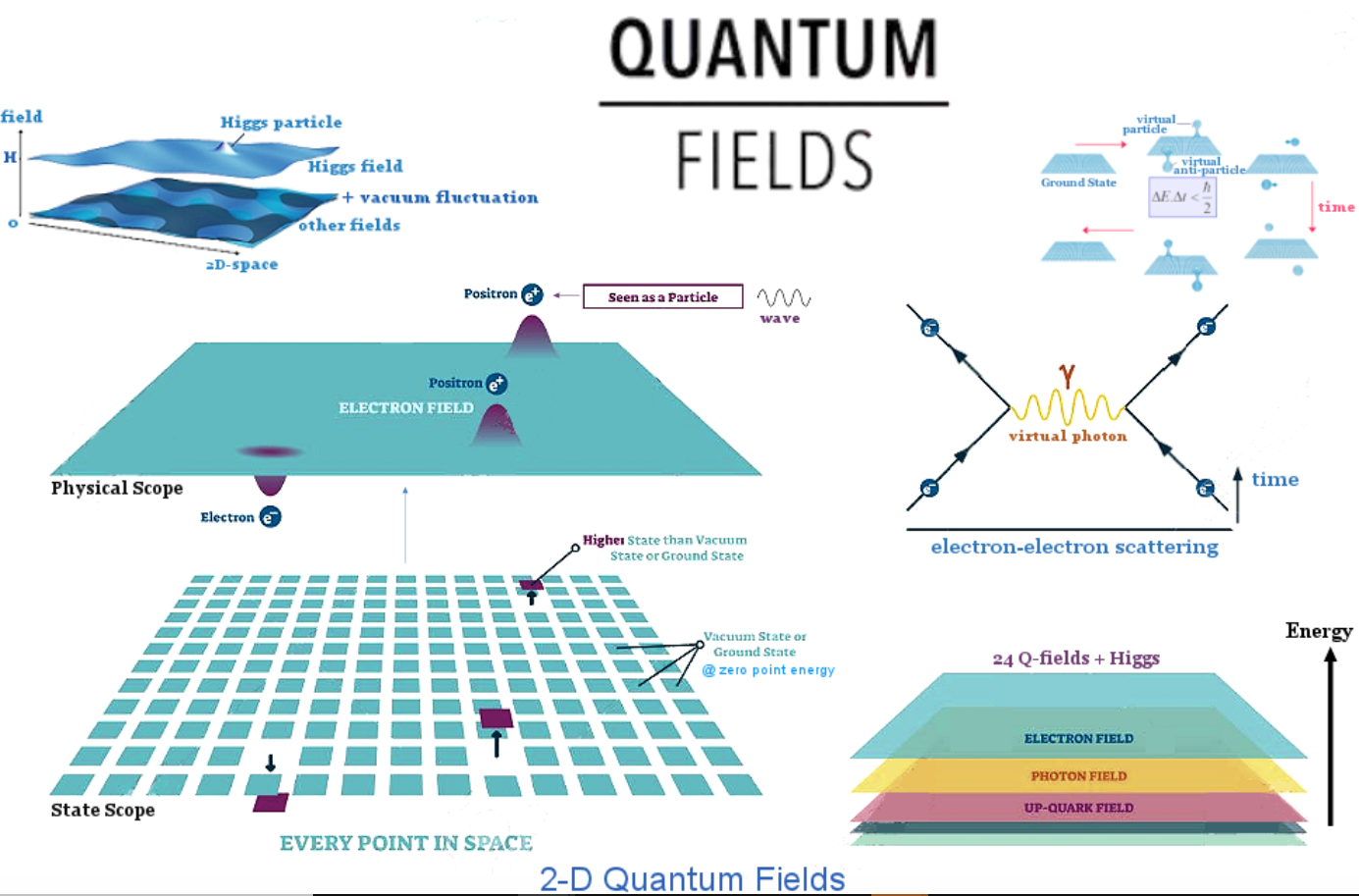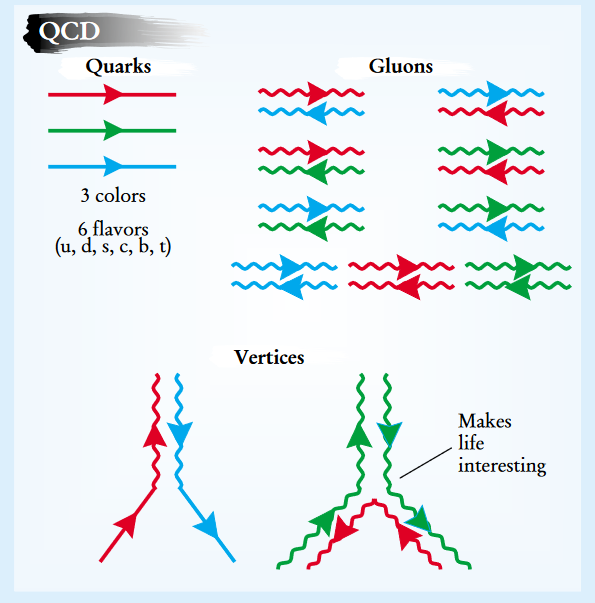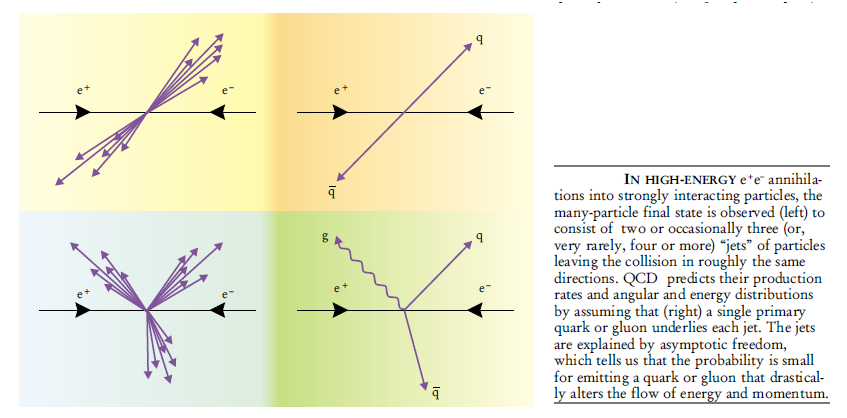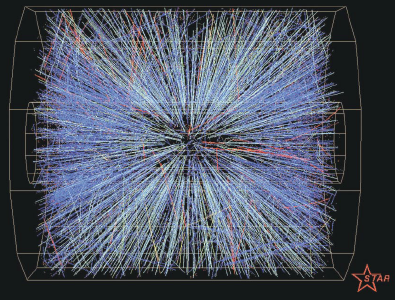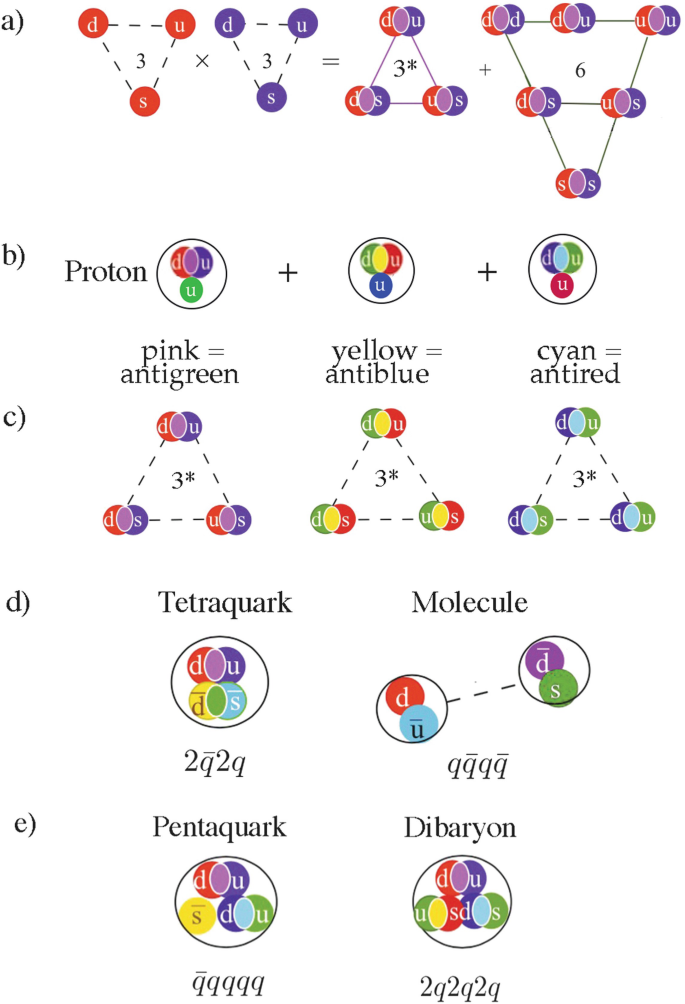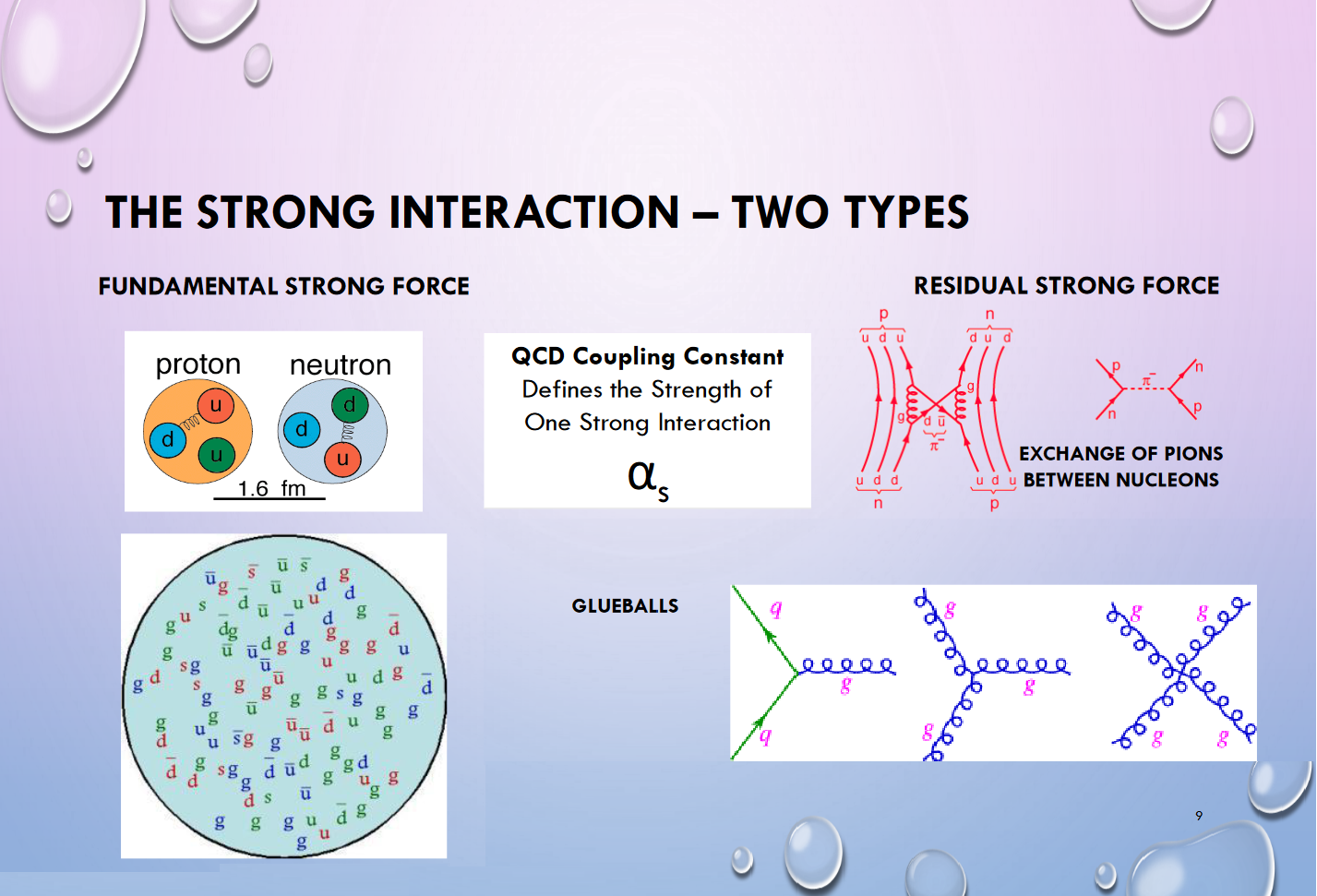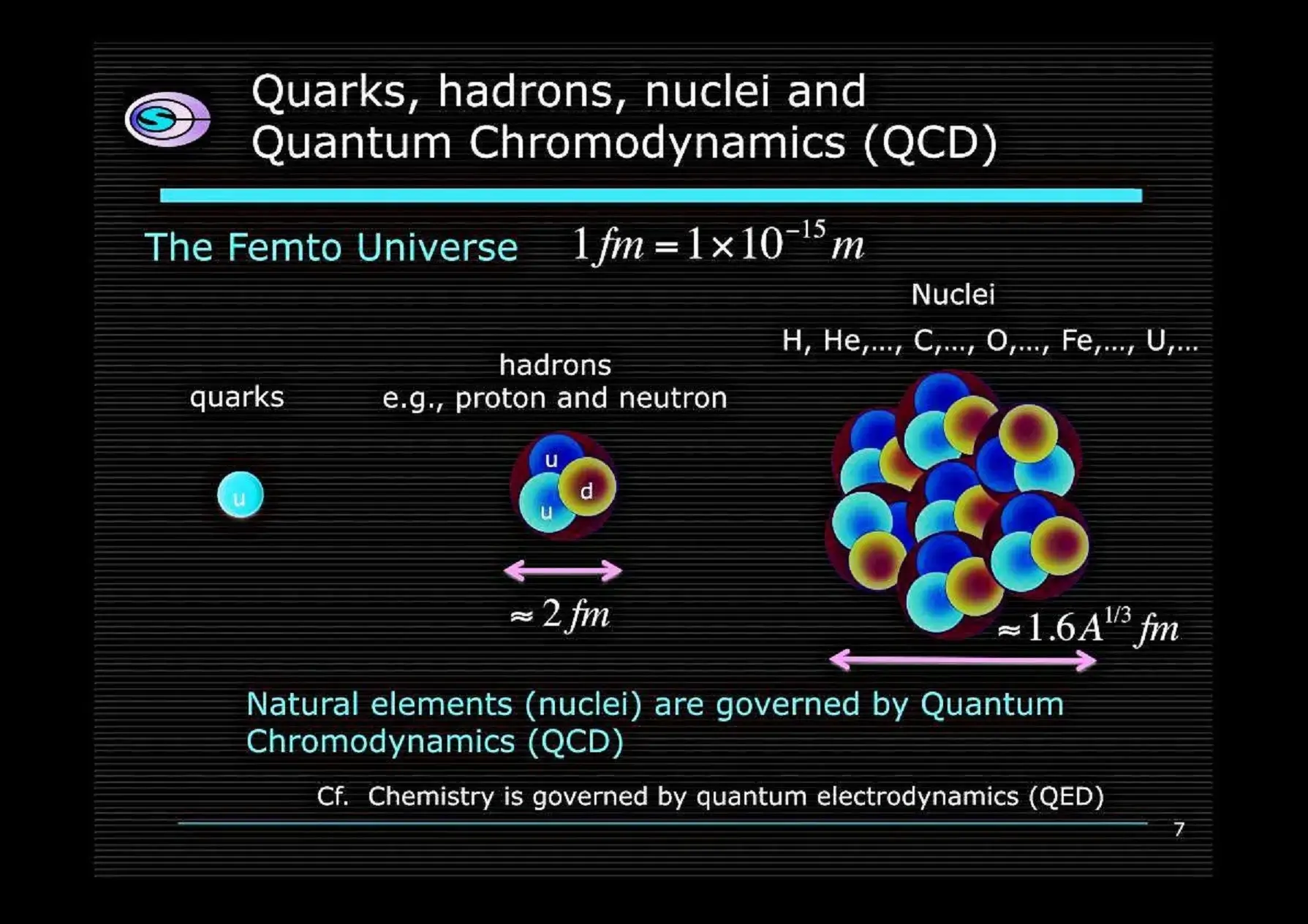
Quantum chromodynamics, or QCD, as it is referred to in high-energy physics, is the quantum field theory that describes the strong interactions. It is the SU(3) gauge theory of the current standard model for elementary particles and forces, SU3 x SU2
L X U1
, which encompasses the strong, electromagnetic, and weak interactions. The symmetry group of QCD, with its eight conserved charges, is referred to as color SU(3). As is characteristic of quantum field theories, each field may be described in terms of quantum waves or particles.
Because it is a gauge field theory, the fields that carry the forces of QCD transform as vectors under the Lorentz group. Corresponding to these vector fields are the particles called “gluons,” which carry an intrinsic angular momentum, or spin, of 1 in units of ℏ. The strong interactions are understood as the cumulative effects of gluons, interacting among themselves and with the quarks, the spin-1/2 particles of the Dirac quark fields.
There are six quark fields of varying masses in QCD. Of these, three are called “light” quarks, in a sense to be defined below, and three “heavy.” The light quarks are the up (u), down (d), and strange (s), while the heavy quarks are the charm (c), bottom (b), and top (t). Their well-known electric charges are
ef=2e / 3u,c,t and
ef-e / 3d,s,b
, with e the positron charge. The gluons interact with each quark field in an identical fashion, and the relatively light masses of three of the quarks provide the theory with a number of approximate global symmetries that profoundly influence the manner in which QCD manifests itself in the standard model.
These quark and gluon fields and their corresponding particles are enumerated with complete confidence by the community of high-energy physicists. Yet, none of these particles has ever been observed in isolation, as one might observe a photon or an electron. Rather, all known strongly interacting particles are colorless; most are “mesons,” combinations with the quantum numbers of a quark q and a antiquark
q'
or “baryons” with the quantum numbers of (possibly distinct) combinations of three quarks
qq' q". This feature of QCD, that its underlying fields never appear as asymptotic states, is called “confinement.” The very existence of confinement required new ways of thinking about field theory, and only with these, the discovery and development of QCD was possible.
The foundation of quantum chromodynamics is the idea that quarks interact through the strong force because they have a type of "strong charge" that is known as "colour." Although there is no relation to the conventional sense of colour, the three forms of charge are referred to as red, green, and blue in analogy to the three fundamental colours of light.
